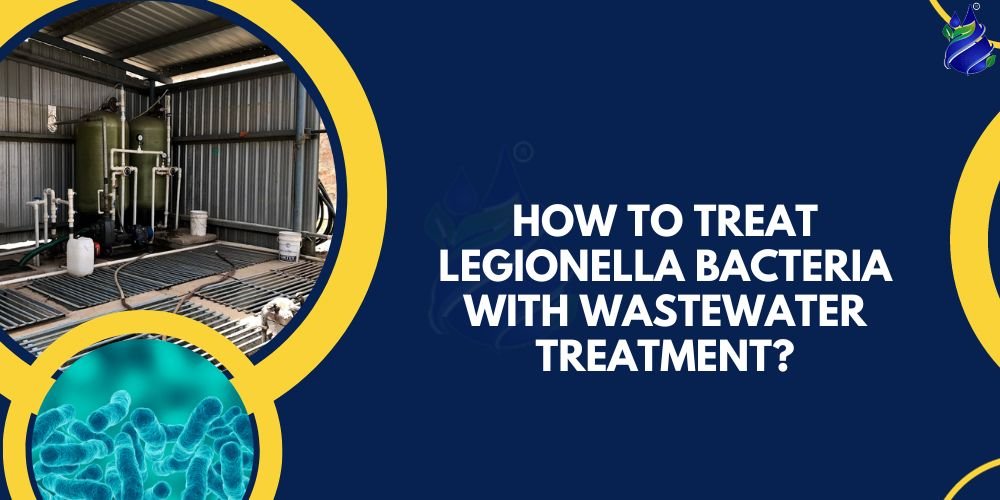
Introduction
An establishment created to eliminate pollutants, toxins, and impurities from sewage and wastewater produced by commercial, industrial, and residential operations is known as a wastewater treatment plant. Cleaning wastewater is its main goal before releasing it back into the environment or using it again for different applications like industrial processes or irrigation.
Wastewater treatment facilities are vital to the preservation of the environment and public health because of their crucial role in these areas.
- Preserving Public Health: A lot of the time, hazardous bacteria, viruses, chemicals, and other pollutants are found in wastewater. By keeping these pollutants out of water bodies, proper treatment lowers the danger of waterborne illnesses and protects the general public's health.
- Preservation of the Environment: Untreated wastewater can seriously damage ecosystems by lowering oxygen levels in bodies of water, upsetting aquatic life, and contaminating groundwater and soil. Before returning water to the environment, treatment plants remove pollutants, hence reducing the hazards associated with it.
- Water Reuse and Conservation: Plants that treat wastewater allow water to be used again for non-potable uses including irrigation, industry, and recharging aquifers, which conserves freshwater resources.
- Regulation Compliance: Wastewater treatment facilities make sure that the environmental rules and guidelines established by regulatory agencies are followed, preventing pollution of the water and encouraging environmentally friendly water management techniques.
Different Types of Wastewater Treatment Plant
Wastewater treatment plants come in a variety of forms, and they all use different methods and equipment to clean wastewater. Typical varieties include some of the following:
- Sludge plants that have been activated: these facilities break down organic materials in wastewater through a biological process that involves microorganisms. T speed up the breakdown of contaminants, the wastewater and microbe mixture known as "activated sludge" is allowed to aerate before being settled and separated from the treated water.
- Trickling Filter Plants: This technique allows wastewater to flow over a synthetic media or rock bed that is coated in microbial biofilms. Microorganisms on the media break down and eliminate contaminants as the water flows through. After treatment, the water is gathered and subjected to other procedures.
- Sequential Batch Reactor Systems: SBR systems employ a single tank cycle of filling, reacting, settling, and decanting. This tank allows for flexibility in handling variations in wastewater flow by putting effluent through multiple treatment stages.
- Plants with Membrane Bioreactors: MBR plants combine membrane filtration with biological treatment. Pollutants are broken down by microorganisms, and solids are filtered out by a membrane barrier to produce high-quality wastewater that can be reused.
- Constructed Wetlands: These systems use soil, aquatic plants, and microbes to treat wastewater like that of natural wetland processes. Pollutants are eliminated from the wetland by chemical, physical, and biological processes when water passes through it.
Ways to treat Legionella bacteria with Wastewater Treatment
The bacteria that causes Legionnaires' illness, Legionella bacteria, frequently flourishes in water systems, including those found in wastewater treatment facilities. Certain precautions must be taken to stop Legionella from growing and spreading in these settings.
Legionella bacteria are controlled in wastewater treatment by the use of several strategies:
- Temperature Control: Bacterial growth is inhibited by keeping water temperatures below 20°C or over 60°C, which are outside of the Legionella growth range. Legionella may be controlled by modifying hot water systems and making sure that the right temperature is maintained.
- Techniques for Disinfection: Legionella bacteria are killed by chlorine dioxide, chlorination, or other disinfection techniques. To guarantee efficient control without jeopardizing other treatment procedures, careful monitoring of disinfectant levels is essential.
- Filtration and Sediment Removal: Sediment removal from water storage tanks and routine cleaning and maintenance of filters assist in getting rid of possible growth habitats for Legionella.
- Biofilm Prevention: When biofilms grow on surfaces, Legionella bacteria frequently flourish there. In water systems, biofilm formation is inhibited by routine surface cleaning and maintenance, which lowers bacterial colonization.
- System Monitoring and Maintenance: It is possible to avoid the formation of Legionella by keeping an eye on the water quality regularly, putting in place a maintenance schedule, and quickly resolving any problems such as leaks or stagnant regions of water.
Conclusion
Please contact us at +91 9821030072 or enquiry@trityenviro.com, if you would like assistance with the establishment of any of the mentioned treatment plants. Trity Enviro Solution is a manufacturer of commercial RO plants, industrial RO plants, sewage treatment plants, water softener plants, and effluent treatment plants.


